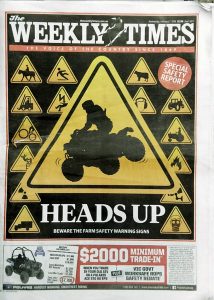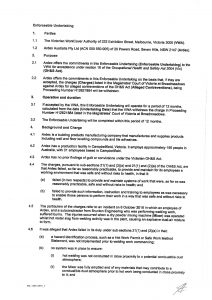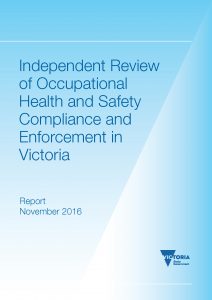 Australia’s Sex Discrimination Commissioner, Kate Jenkins, has been prominent in recent seminars about sexual harassment, particularly in the entertainment industry. In February 2018, Jenkins spoke at a seminar in Melbourne hosted by Screen Producers Australia and provided strong advice on how businesses can control sexual harassment.
Australia’s Sex Discrimination Commissioner, Kate Jenkins, has been prominent in recent seminars about sexual harassment, particularly in the entertainment industry. In February 2018, Jenkins spoke at a seminar in Melbourne hosted by Screen Producers Australia and provided strong advice on how businesses can control sexual harassment.
Jenkins began her presentation with an uncomfortable reminder that business has been lax in addressing unlawful workplace behaviour.


 The existence of this statement is of no surprise to occupational health and safety (OHS) professionals. Similar statements are made all the time. The sad surprise of this quote is that it appeared in 1972 on page 1 of the Safety and Health at Work – Report of the Committee 1970-72, otherwise know as the Robens Report.
The existence of this statement is of no surprise to occupational health and safety (OHS) professionals. Similar statements are made all the time. The sad surprise of this quote is that it appeared in 1972 on page 1 of the Safety and Health at Work – Report of the Committee 1970-72, otherwise know as the Robens Report. Enforceable Undertakings
Enforceable Undertakings A crucial element in achieving the aims of the independent review into WorkSafe Victoria, as discussed in an
A crucial element in achieving the aims of the independent review into WorkSafe Victoria, as discussed in an  One online news site
One online news site